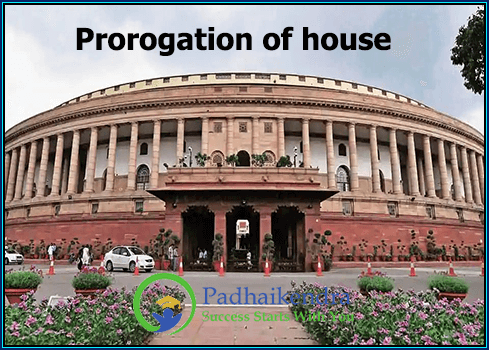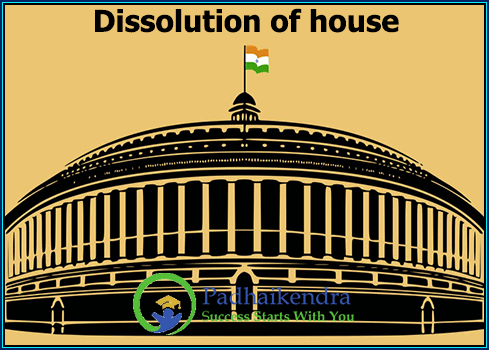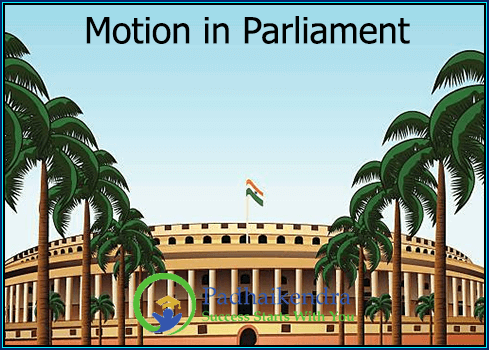The Objective Resolution was a resolution that was moved by Jawaharlal Nehru on December 13, 1946, in the Constituent Assembly of India. It laid down the principles and objectives that would guide the drafting of the Constitution of India.
Here are some of the key features of the Objective Resolution:
- Sovereign, Democratic, and Republic India: The resolution stated that India would be a sovereign, democratic, and republic country. It emphasized the importance of ensuring equality, justice, and freedom for all citizens.
- Social, Economic, and Political Justice: The resolution called for social, economic, and political justice for all citizens of India. It emphasized the importance of eliminating poverty, inequality, and discrimination.
- Fundamental Rights: The resolution stated that the Constitution should guarantee fundamental rights to all citizens, including the right to freedom of speech, religion, and assembly.
- Cultural and Educational Rights: The resolution emphasized the importance of preserving India’s diverse cultural heritage and promoting education for all citizens.
- International Relations: The resolution called for India to establish peaceful and friendly relations with other countries and to work towards the promotion of international peace and security.
The Objective Resolution was unanimously adopted by the Constituent Assembly on January 22, 1947. It provided a framework for the drafting of the Constitution and guided the drafting committee in its work. Many of the principles laid down in the Objective Resolution were reflected in the final Constitution of India, which was adopted on November 26, 1949.





